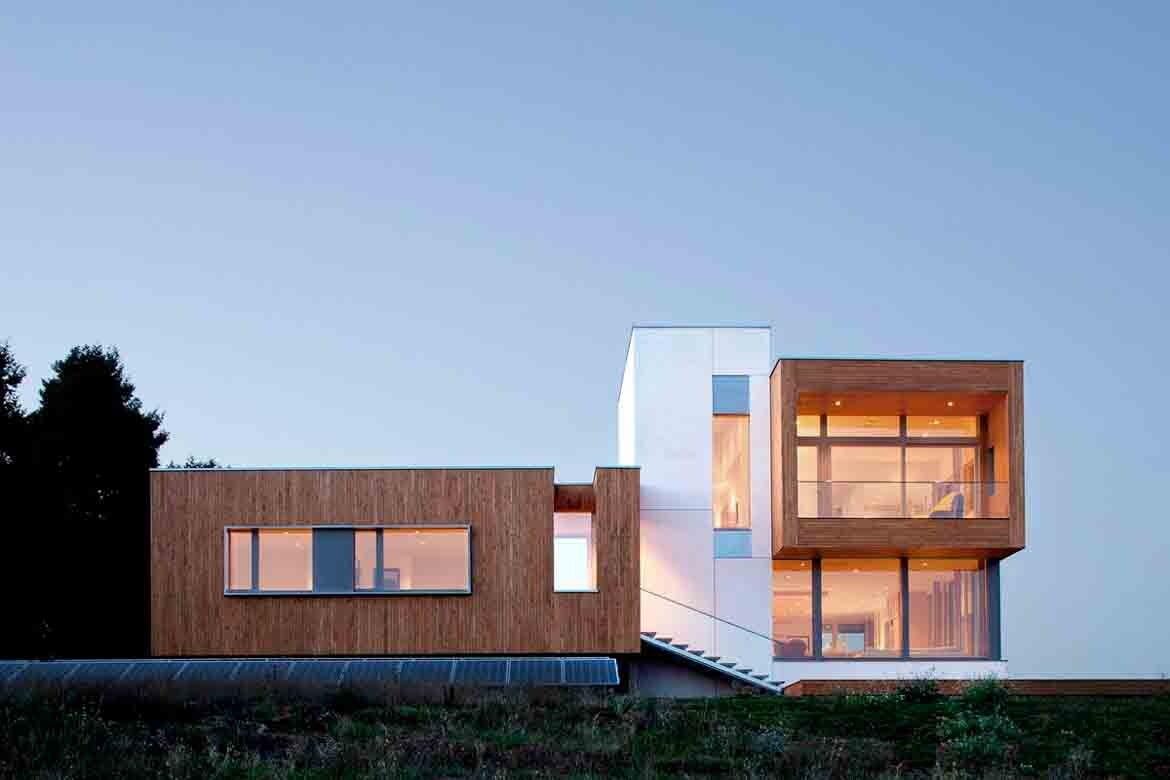What is a passive house?
Passive design is an architectural strategy that utilizes the natural climate and landscape to inform design choices with relation to temperature. The goal is to use features of the local climate such as wind or sun so efficiently that artificial heating and cooling methods become completely unnecessary. It is a cost effective and environmentally friendly design style that is seeing huge advancements as technology develops with the goal of limiting carbon emissions.
Passive design has been around since the invention of homes. Before the invention of air conditioning, dwellings relied on the natural features and the materials they were made from to keep the inside comfortable.
Design features like porches and awnings began as a way to shade the interior of a house from sunlight, keeping it cooler during sunny months. Ancient Egyptians used to design their houses with large windows in which they hung water-soaked reeds. When wind passed through, it would blow between the wet plants and cool down the air inside the dwelling.
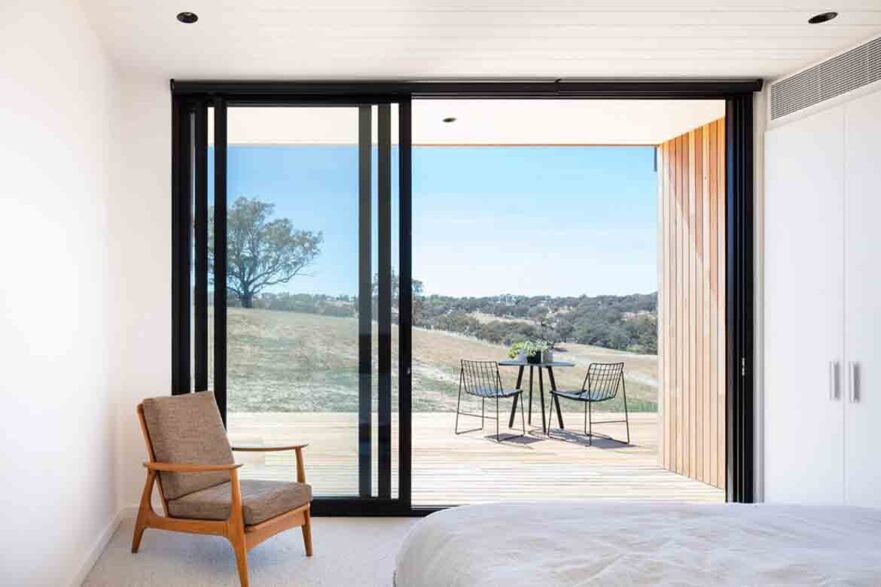
Passive house designs Australia
Some of this architectural art was lost with the invention of the air conditioner. Houses no longer needed to be climate-efficient, because the temperature of a room could be changed by the push of a button. For many years, the practice of environmentally-informed design fell by the wayside. However, the pressing challenge of climate change is encouraging more and more architects to take a lower-tech approach to home design.
Passive design first emerged as a conscious architectural movement in 1900s Germany (known as “passivhaus”). Since then, it has spread rapidly across the globe. Australia’s most famous architect, Glenn Murcutt – winner of the 2002 Pritzker Architecture Prize – is known for his passive design ideology, inspired by the Aboriginal proverb “touch the earth lightly.” His location-specific strategies for cooling and heating passive homes are ingenious and will soon work their way into standard design principles.

There are a few elements of passive design worth considering when thinking about renovating or designing a home. For general ideas on how to install a sustainable house design, see here. If you are set on passive design in particular, here are some things you should keep in mind.
1. Your climate (Passive heating and cooling)
This will have the biggest influence on your ability to employ passive design. Do you get enough sun regularly for solar panels or a skylight? Or wind for a small-style wind turbine? Most of all, you need to take note of the variation in temperature; does your home need to focus more on heating or cooling? Understanding the circumstances of your climate will help you to establish your needs, which you can then bring to a qualified architect. It will also help determine house plans as the climate will indicate the best direction for house to face in order to catch (or avoid) wind.
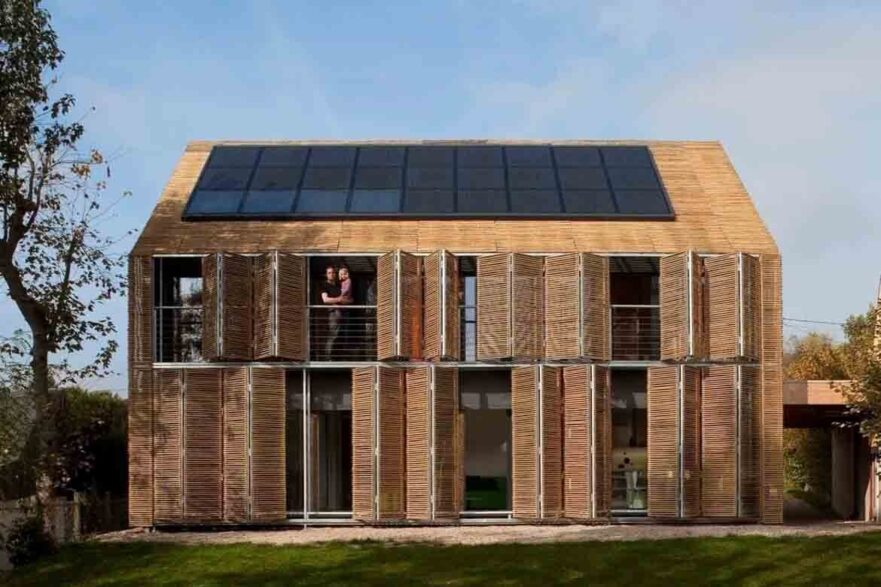
2. Home Layout
Building a new house from scratch is undoubtedly the best way to ensure that a home will make the most of a passive design approach. However, renovations are possible and can be very effective. Try to make note of anything that could pose problems or focus areas for passive home design or builders; for example, large windows that leak heat out of a room, small and dark rooms with little light, or roof sizes (larger roofs are likely to cause heat loss from inside the house).
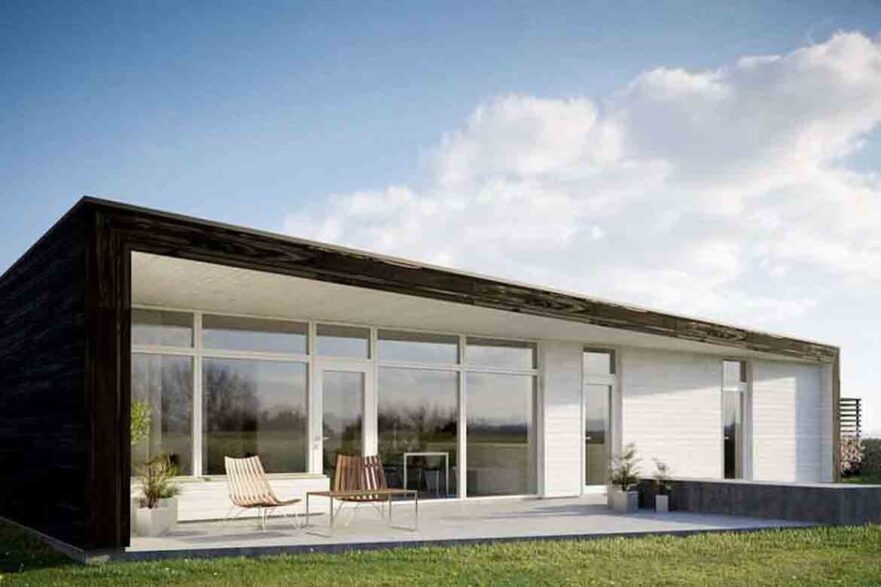
Examples of Passive House Design: Passive home designs and features of a passive house certification
07. Insulation
Insulation is one of the oldest practices of passive home design. Insulation provides a barrier to heat and will keep it out or trap it in during the different seasons. It can often be made from recycled materials or natural materials like sheep’s wool.
06. Thermal mass
Thermal mass is the ability of an insulation material to absorb and store heat. This concept is used primarily in passive cooling measures as a material with a high thermal mass is capable of absorbing more heat, keeping the room inside cool.

05. Skylights
Skylights are a sometimes overlooked part of passive house designs. Skylights can help to warm a home during the day by allowing more light inside, as well as providing the added benefit of natural rather than artificial light. They also insulate in the winter time and are a great way to engage in subtle passive design without making any drastic structural changes.
04. Glazing
Glazing is one of the most effective and simple ways to ensure that your home is as naturally temperature regulated as possible. Glass is a poor insulator and prone to leaking heat when you desperately need it.
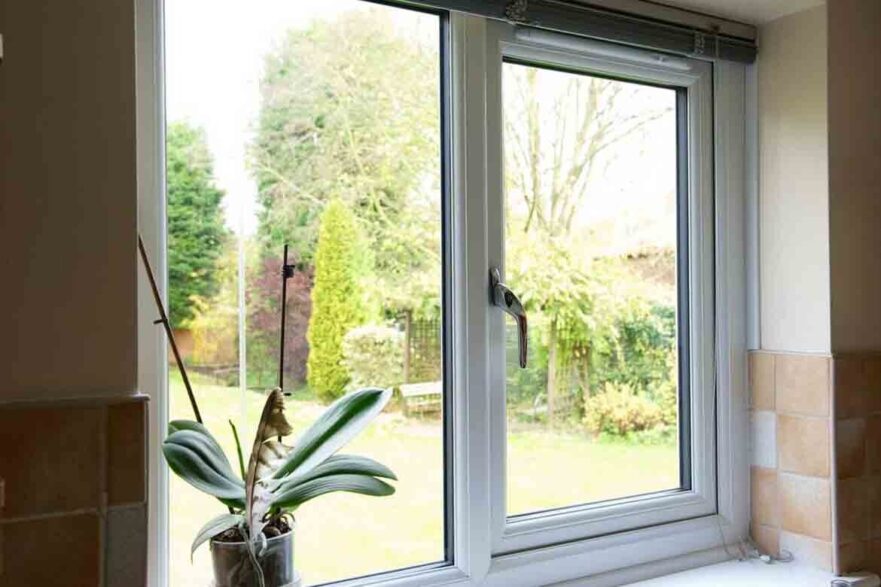
Glazing the glass in your house will better insulate your home and provide energy efficient windows. It is also easy to do and fairly affordable, so this is a great place to start if you want to get into passive design but are not sure how to begin. Double glazed windows are also an option and significantly improve the insulation capabilities of your home.
03. Roof sarking
Sarking is a substance designed to make insulation more efficient by providing a second layer of protection underneath the roof tiles. It also protects against condensation, fire, mold and water damage.
02. Solar chimney
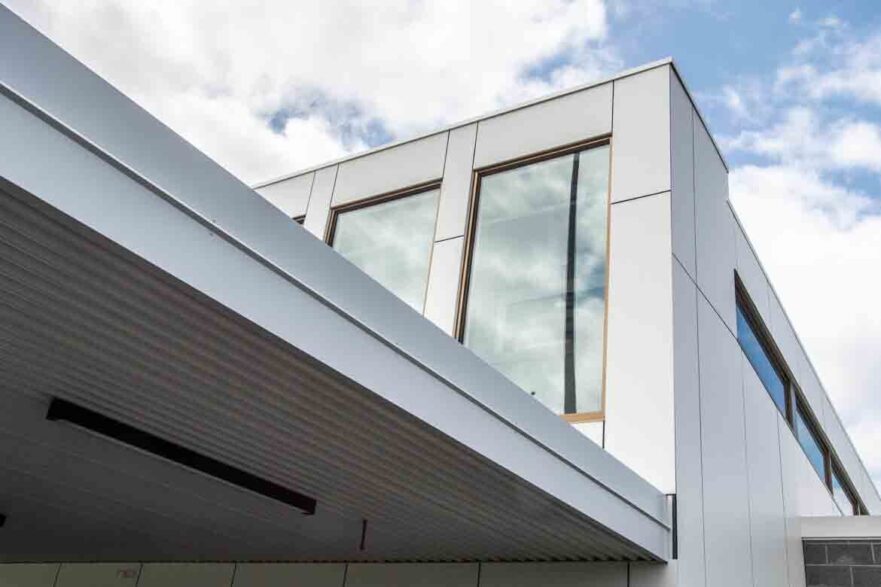
A solar chimney is an energy exchanging passive temperature regulation strategy powered by sunlight. It encourages ventilation by heating air, which then rises and draws the cooler air inside the house out through the chimney as well. They are best suited to hot geographical locations with humidity such as the climate of Australia, because their main strength is cooling.
01. Evaporative coolers
An evaporative cooler works much like an air conditioner except rather than using energy and chemicals to cool a room, an evaporative cooler uses the evaporation of water to achieve its goal. Water evaporates into vapor which immediately cools the air around it. Air coolers only require the amount of energy that it takes to run the airflow-directing fan. When compared to their energy-guzzling counterparts – air conditioners, which sometimes take seven times more electricity to run – evaporative coolers are the clear choice.

